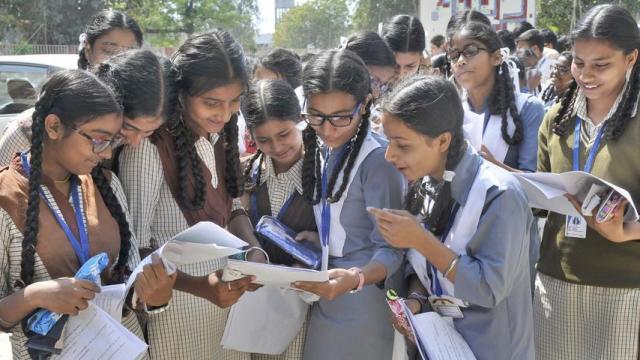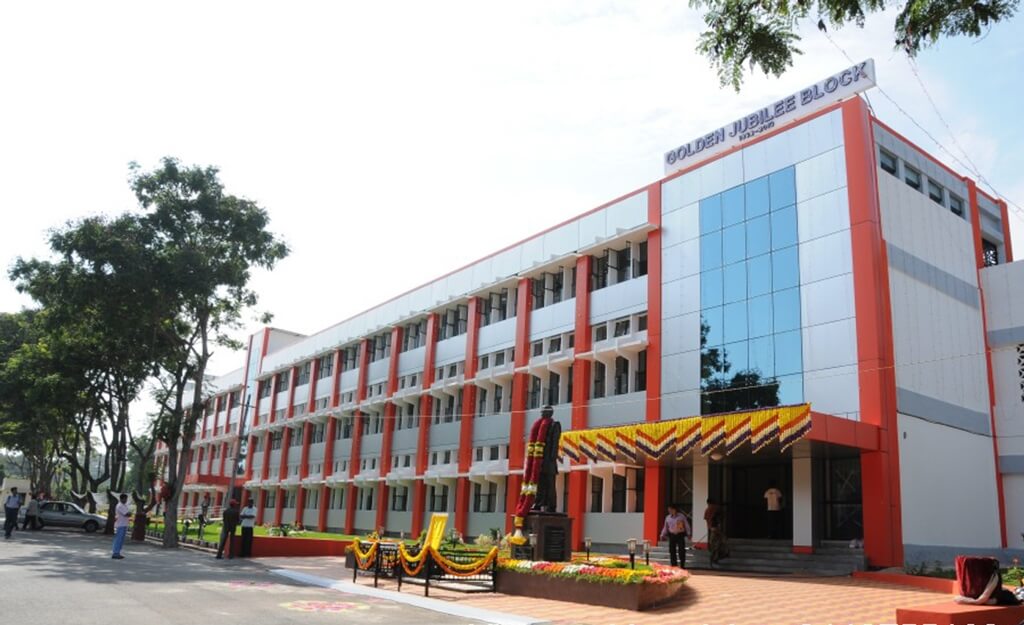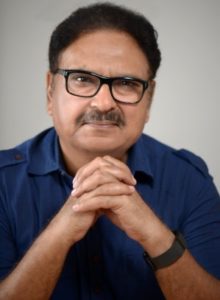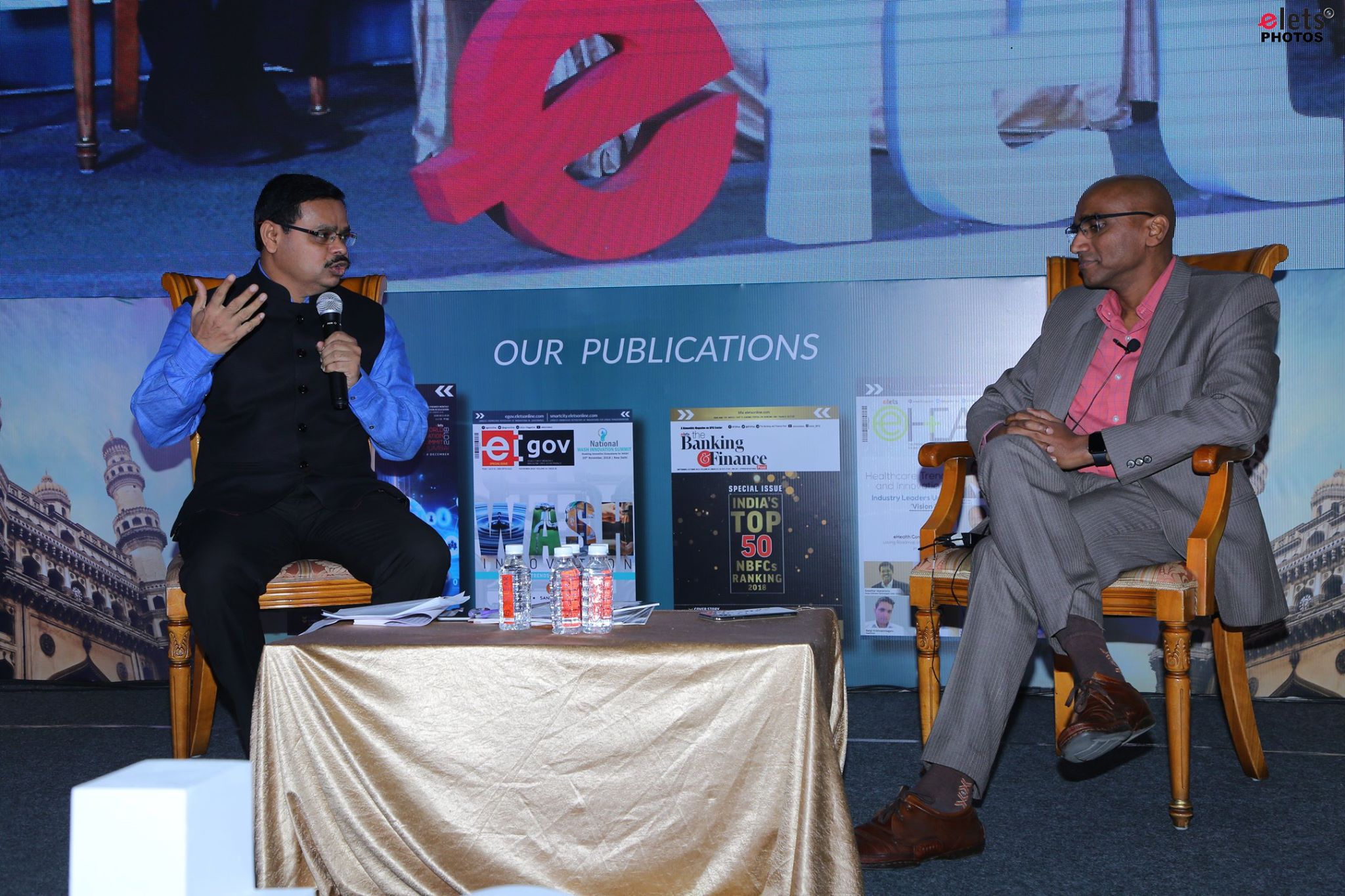Personalised learning is now a major movement in education. Higher education institutes across the country are increasingly seeking ways to tailor and align instructions via education technology to match the individual needs of students based on their unique learning profiles, writes Akash Tomer of Elets News Network (ENN).
In the education scenario transforming at a fast pace, one-size-fits-all approach is no longer acceptable to students. With rapidly growing use of digital technologies in every field, students are expecting the similar kind of personalised attention in education sector that they are getting as customer service from companies such as Amazon and Spotify.
At pre-primary level, personalised education has seen exciting changes but higher education is still struggling to adopt it. For higher education sector, it is easy to make personalised learning a part of the curriculum as Artificial Intelligence (AI) and innovative ed-tech solutions can cater to personalised learning styles and diverse individual needs. Just in time assessment can assist teachers to intervene at appropriate stages and tailor lesson plans accordingly. Assistive technologies will enable students with learning disabilities to have personal learning experiences and continue mainstream education.
Personalised learning is in the market from quite a few times and it looks like it is not going anywhere anytime soon. Though the concept is new to adopt but it may offer a solution to the demands and needs of individual students and working professionals? The origins of personalised learning research first emerged in 1984 when the educational psychologist Benjamin Bloom challenged the academic community to replicate, at scale, the effectiveness of one-to-one or small-group tutoring. Bloom found that students who received personalised instructions outperformed 98 percent of those who did not.
Moreover with changing times, introduction of new methodologies like one-to-one initiatives, online classrooms, blended-learning models, and the rise of technology in classrooms have allowed students easier, individual and far more access to relevant educational content than previous generations. In addition to these methodologies, the effective implementation of technology will act as an added advantage to implement personalised learning as the technology-rich environment will revolutionise a student’s classroom experience. However, 35 years after Bloom’s research, the higher education community in India is slowly starting to move towards personalised learning.
What is Personalised Learning?
Personalised learning can be defined as prioritising the needs of individual students when developing curricula and learning materials. Students work at their own pace, often independently of the teacher. technology may be used to allow students to access online materials, work through topics, find additional resources, and to assess and monitor their progress. Students are encouraged to be active learners and teachers are encouraged to engage with students one to one or in small groups.
Effective personalised learning systems should include the following features:
- Teaching should be in line with the higher education institute’s curriculum and industry-relevant skills
- The teaching methodologies followed must develop the social and emotional skills needed for students to be successful in professional and personal life
- Learning experiences of students should reflect their interests
- Learning must be at the pace of individual student, means students can move ahead when they understood a concept or can go slow until they grasp the one completely
- Teachers must have access to data from student assessments and feedback in real-time so they can adapt materials and intervene to help students if necessary so that students remain on track to completion
Benefits of Personalised Learning
Self-paced Learning
Students can decide on the pace at which they learn. unlike conventional classroom learning, personalized learning allows students to manage the speed at which they master a subject. Using self-assessment tools periodically to test their knowledge they can ensure that they fully grasp the material before moving forward.
Self-pacing means that students who learn at a faster pace don’t become bored while waiting for their classmates to catch up, they can simply move on to the next lesson. Those who take longer to learn do not fall behind and become demotivated, they simply learn at their own pace.
Insights via Technology
Personalised learning programme software such as Knewton and Realizeit can allow teachers to monitor their students’ actual progress against their targeted progress in real time.
This can help teachers to more easily identify and help students who are struggling with the material and give meaningful one-to-one attention to them if needed. Rather than waiting until mid-terms or finals to assess students’ proficiency in a topic, ongoing assessments mean that learning is reinforced and where gaps in knowledge are identified they can be addressed immediately.
In addition, students may feel more comfortable approaching teaching staff with feedback through email or the software provided rather than in the context of a larger lecture hall or classroom. This would allow more introverted students or those struggling to raise issues at an earlier stage.
Cater to Various Learning Styles
Personalisation enables material to be presented in ways which are most meaningful and relevant to the student. A personalised learning program should include presentation of various concepts in different ways.
Many students prefer to learn in small groups with that leads to healthy discussions on the topics, unfortunately, traditional delivery of material in large lecture halls fails to retain their attention. For verbal students reading might remain the most attractive option, others who learn aurally might prefer to listen to the material.
While most educators aim to deliver courses in ways which cater to all styles, personalised learning allows the student to pick and choose which delivery methods are most accessible and memorable to them.
The teacher can help students to identify their most effective way of learning and encourage them to use the most appropriate methods.
Increased Student Engagement
Traditionally the teacher was the classroom authority who decided on what students would learn, how, and when. With personalised learning, students are encouraged to have greater engagement with the subject. Teachers can help them to identify how they learn best and to set their own goals and targets for progression. Students can create schedules which meet their needs, whether they are night owls or early birds they can study at the time that best suits them. Sleeping-in will no longer mean missing out on lectures.
For working professionals studying as a form of continued professional development, course material can be tailored to more accurately reflect the knowledge required in their professional life. A personalized pathway to a professional qualification means that students and employers can have input into a course to ensure its relevance.
Widely Accessible Material
Personalised learning caters for students with diverse needs and backgrounds. The self-pacing allows non-traditional students with more demands on their time to work in non-traditional settings. Smartphones and Wi-Fi mean that they can access learning materials from home, on breaks at work or while on public transport.
In addition, students with disabilities can use adaptive technology to get the most from the study materials and to communicate effectively with their teachers and classmates. As customer service across sectors becomes more personalised, it is inevitable that education will follow suit. Students will expect and demand education that reflects their preferred learning styles, interests and continued relevance to the professions they wish to pursue.
While, some educators might initially feel uncomfortable with the change and reluctant to move from the more traditional education model to a more bespoke student-led model, these misgivings may be overcome if higher student engagement and graduation rates follow. Creating flexible, personalised education pathways will open up higher education to more students and may make education a more appealing prospect to those put off by traditional teaching methods. For working professionals previously locked out of higher education by busy work and family schedules, personalized learning may make higher education more attainable.































